Dreaming of a Vietnam holiday in 2025? Whether you’re looking forward to sailing through Ha Long Bay, wandering the lantern-lit streets of Hoi An, or digging into Vietnamese street food, …
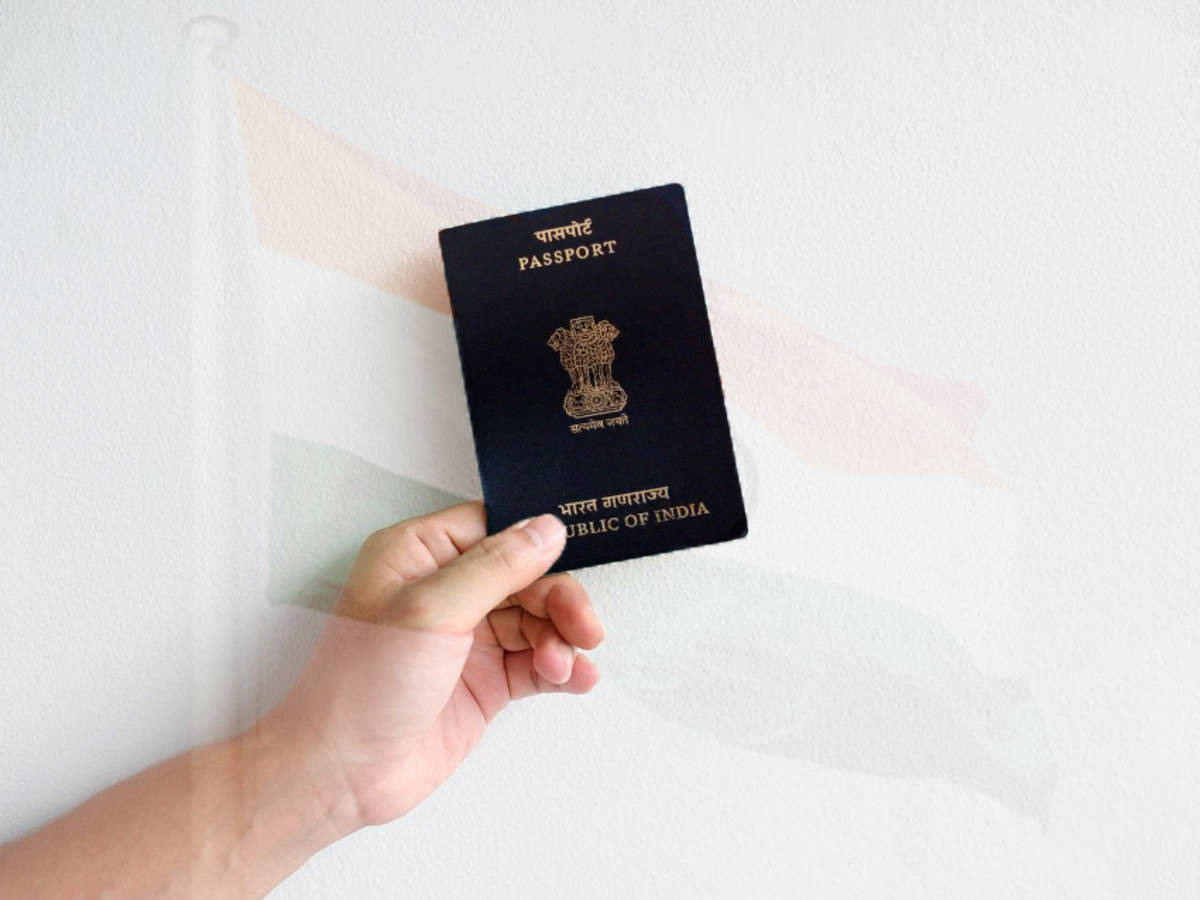
Vietnam has emerged as a top destination for Indian travellers seeking a mix of culture, affordability, and natural beauty. From the historic streets of Hanoi to the sandy shores of Da Nang, and from the floating markets of the Mekong Delta to the vibrant nightlife in Ho Chi Minh City—Vietnam has something for every kind of traveller. But before you can start exploring, you’ll need to secure the right paperwork. This guide will walk you through everything you need to know about applying for a Vietnam holiday visa as an Indian passport holder in 2025, including the types of visas available, how to apply, and which option suits your travel style best.
Yes. If you’re an Indian citizen planning a vacation to Vietnam, you are required to obtain a holiday visa before travelling. Vietnam currently does not provide visa-free access to Indian passport holders, regardless of the length of stay or purpose of visit.
Fortunately, the Vietnamese government has made the process much easier in recent years. Indian nationals can now apply for an e-visa online without visiting an embassy or consulate. The e-visa allows for either single-entry or multiple-entry access and is valid for stays of up to 90 days, depending on your choice.
This type of visa is accepted at most of Vietnam’s major airports, land crossings, and selected seaports, giving travellers more flexibility in planning their route. Whether you’re flying in, crossing by road, or arriving via cruise, the e-visa can work for you.
Alternatively, Indian travellers may choose to apply for a visa on arrival, which is available at designated international airports. However, you must first obtain a visa approval letter online before flying to Vietnam.
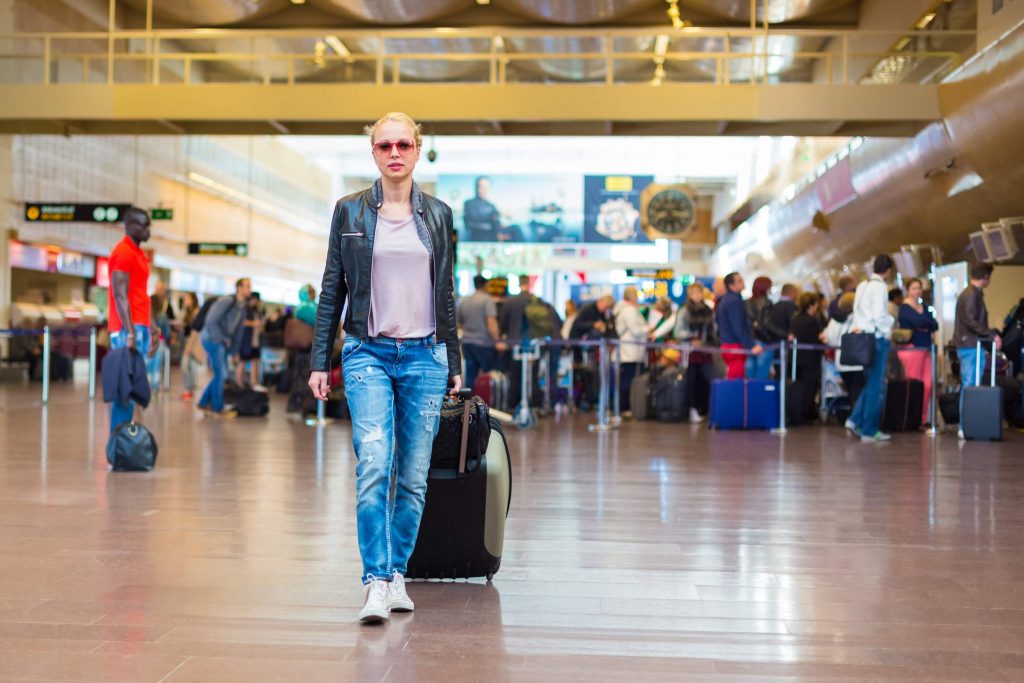
A Vietnam holiday visa is a short-term travel visa issued to individuals entering the country for tourism, leisure, or personal exploration. If you’re not travelling for work, business, or education, this is the appropriate visa to apply for.
It’s important to select the correct visa category based on your reason for visiting. Submitting a business or work visa application for a personal trip could lead to delays or complications at the point of entry. A holiday visa ensures your travel purpose is clearly understood and accepted.
As an Indian traveller, you can opt for either a 30-day or 90-day visa, depending on how long you plan to stay. Both single-entry and multiple-entry options are available. If you’re considering a multi-country Southeast Asia trip that includes re-entering Vietnam, the multiple-entry visa will be your best choice.
Be meticulous when filling out your application. Double-check your passport number, spelling of your name, date of birth, intended entry point, and travel dates. Mistakes in these details can cause delays or even lead to a rejected application.
Indian passport holders have three primary ways to apply for a Vietnam holiday visa in 2025. Each method caters to different travel needs and comfort levels, so pick the one that best matches your plan.
The e-visa is the fastest and most efficient way to get a Vietnam holiday visa. You’ll need to fill out an online form, upload a scanned copy of your passport and a recent passport-sized photo, and pay the visa fee. The approval process typically takes three to five working days.
Once approved, your visa will be sent via email as a PDF. You simply print it and present it along with your passport upon arrival in Vietnam. E-visas are accepted at more than 30 entry points, including airports in Hanoi, Da Nang, and Ho Chi Minh City.
This method is perfect for Indian travellers who want to avoid paperwork, embassy visits, or third-party involvement. It’s especially suitable for families, first-time international travellers, and students travelling independently.
Visa on arrival is still a valid option for Indians flying directly into Vietnam. However, you must apply in advance for a visa approval letter, which is issued by an authorised travel agency or visa service.
Once you land at a Vietnamese international airport, present the printed letter along with your passport and two passport-size photos. You’ll also need to pay a stamping fee in cash (usually in USD). Your visa will be issued at the airport.
This option is useful for travellers who made last-minute plans or couldn’t complete the e-visa process in time. Just remember: visa on arrival is only available at airports, not land or sea entry points.
If you prefer a more traditional approach, or if your travel situation is complex, you can also apply at the Embassy of Vietnam in New Delhi or the Consulate General in Mumbai.
You’ll need to submit your passport, a completed application form, photos, and proof of travel (such as flight tickets or hotel bookings). Embassy processing generally takes five to seven working days.
This route is better suited to travellers who need longer visas, multiple entries, or special visa types not available online. It also works well for those who feel more confident dealing with officials in person.
While the Vietnam holiday visa process is relatively simple, mistakes are common—especially when applying independently. Errors in your name, photo specifications, or entry port can lead to your visa being delayed or denied.
That’s why many Indian travellers opt to use a trusted visa service like Vietnam Visa Services. They provide step-by-step support and review your application before it’s submitted, helping to ensure it’s approved the first time.
Here’s what they offer:
Using a service like this is especially helpful if you’re travelling with family, under time pressure, or simply want a stress-free visa experience.

Once your visa has been approved, don’t forget a few final steps to avoid any surprises at the airport. First, print out a hard copy of your e-visa or visa approval letter. Some airlines or immigration officers may not accept digital copies on your phone.
Also, remember that visa validity is not the same as your allowed stay. For instance, even if your visa is valid for 90 days, immigration may grant you only 30 days upon arrival. Always check the entry stamp carefully.
Before you leave, double-check that all the information on your visa matches your passport exactly. Even a small typo can lead to unnecessary delays at immigration control.
Lastly, it’s always a good idea to carry printed and digital copies of your travel documents — including your passport, visa, insurance, and emergency contacts — in case of lost baggage or other travel hiccups.

Dreaming of a Vietnam holiday in 2025? Whether you’re looking forward to sailing through Ha Long Bay, wandering the lantern-lit streets of Hoi An, or digging into Vietnamese street food, …
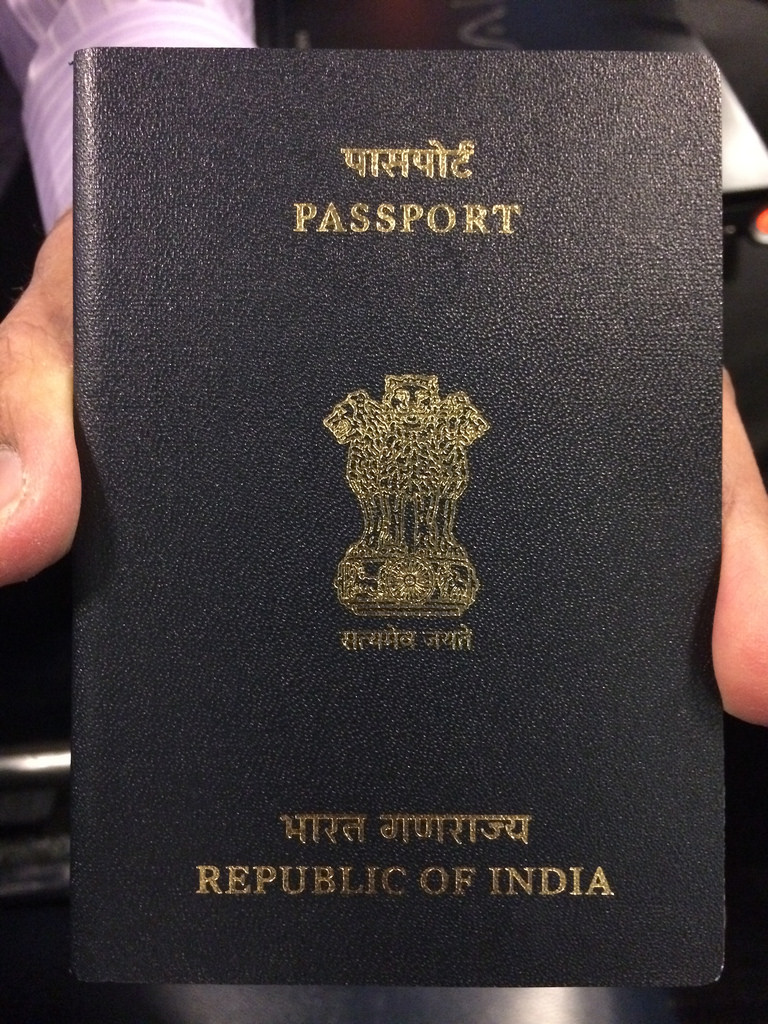
Are you planning a scenic holiday to Vietnam from India in 2025? Whether you want to wander through the bustling streets of Ho Chi Minh City, explore the historic charm …
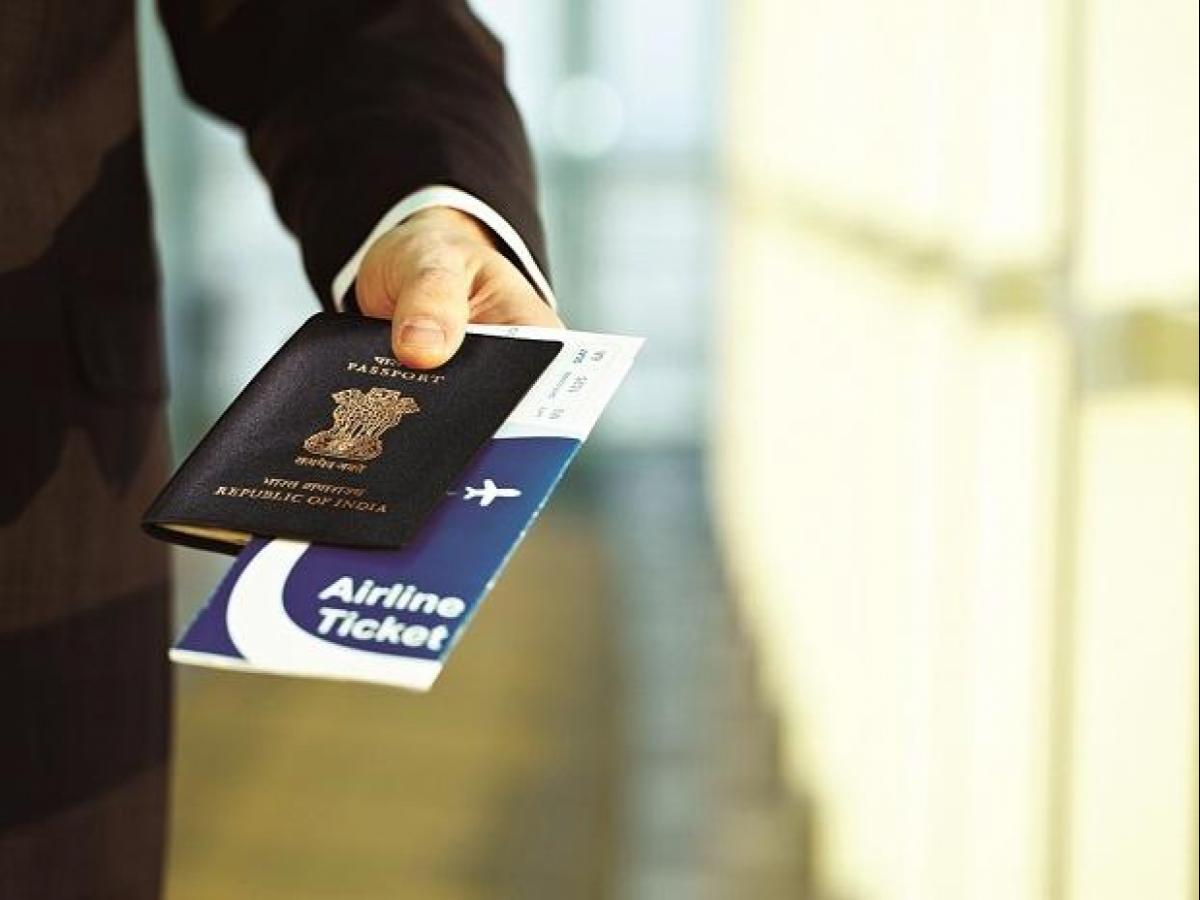
Planning a trip from India to Vietnam in 2025? Whether you’re heading for a beach holiday, a business trip, or to explore Vietnam’s unique culture, getting your visa is now …

Heading to Vietnam and flying into Ho Chi Minh City? If you’re an Indian passport holder looking for a fast, no-fuss way to get your visa, the landing visa is …
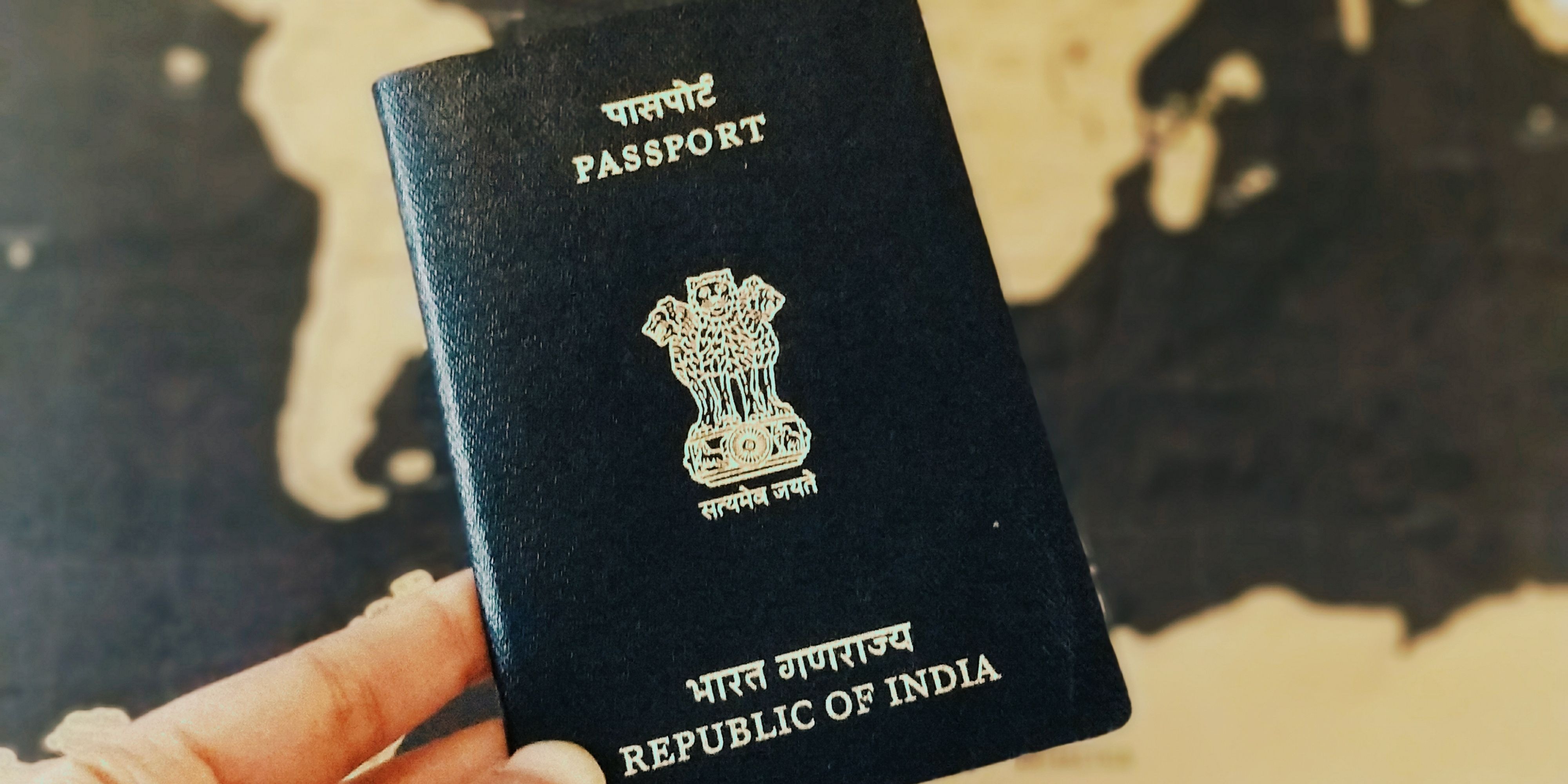
Planning to visit Vietnam from India in 2025? If you’re flying into Ho Chi Minh City’s Tan Son Nhat International Airport, the Visa on Arrival (VOA) option can be an …

